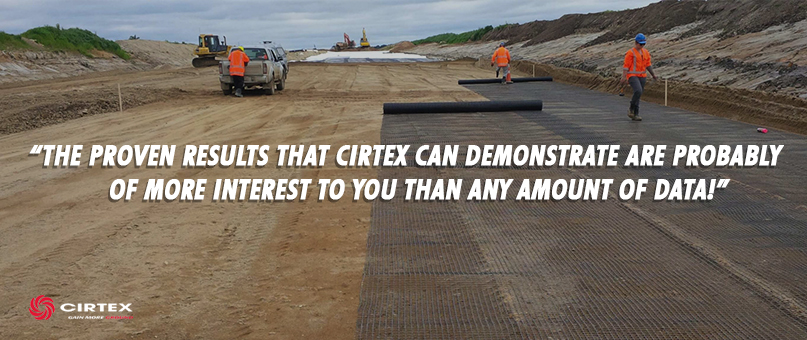Are you using the right Geogrid? – Biaxial or Biaxial ?
The importance of geogrids
The use of geogrids in pavements and foundations is well established now and the benefits would be known by most engineers and roading contractors. However, are you clear on which geogrid type to use, and whether a triaxial or a biaxial geogrid will be best for your application?

Uniaxial, Biaxial and Triaxial Grids
Firstly, let’s look at what these terms mean. A uniaxial geogrid is one which has its main strength, or its design strength in one direction, typically the roll direction. It will have some inherent strength in the cross direction as well but this is not generally considered in design. These are mostly used for wall, slope and embankment reinforcement. A biaxial grid has its design strength in two directions, both machine and cross direction. These are the type of grids that have been used for pavement
A biaxial grid has its design strength in two directions, both machine and cross direction. These are the type of grids that have been used for pavement stabilisation and bearing capacity improvement for well over 30 years now with excellent results.
The word triaxial is defined as “Having or relating to three axes” which in terms of a geogrid would indicate that the design strength or stiffness would be in 3 directions. Strength, or more importantly stiffness at low strain can be measured in 3 or more directions in a radial pattern to give the stiffness of the grid at various points on a radial diagram. Geogrids with square, rectangle and triangle apertures can all achieve radial stiffness and have all been proven to effectively improve an aggregate layer.

It’s the end result that matters
It is most likely that what you actually want to achieve is reduced rutting in the pavement, reduced aggregate depth, improved bearing capacity, or all of the above. Therefore, you need performance data and clear guidance on what a specific product can achieve.
Call Cirtex for all your geogrid needs
Cirtex has a comprehensive range of grids for many applications, and more importantly, we can assist in practical applications, with tools such as the CAPLab 2020 tool. The proven results that Cirtex can demonstrate are probably of more interest to you than any amount of data.
We think practical hands-on assistance and tools you can use, from a passionate locally owned company with global support is the best option for you.


